EPJ D Highlight - Quantum noise reduction method for enhanced precision in atomic clocks
- Details
- Published on 21 December 2017
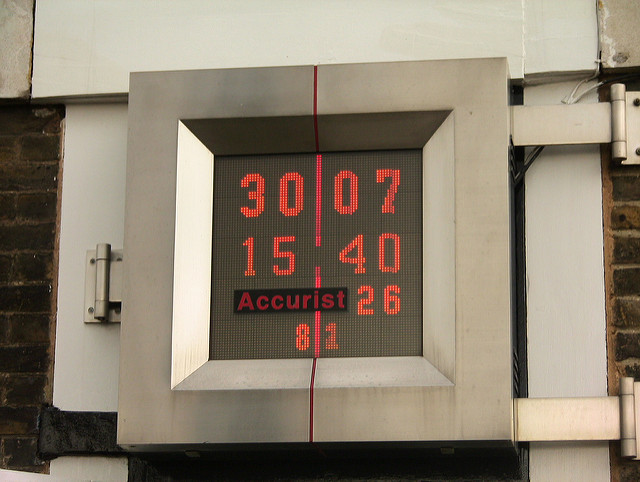
Atomic Spin Squeezing: not the Olympic sport of your dreams, but a way of enhancing measurement reliability at the quantum scale
Noise: it affects us all by distracting us. Noise also occurs at the quantum scale and can e.g. interfere with the measurements of atomic fountain clocks or with quantum information processing. This is because at that scale, there are effects that don't exist at larger scales. As such, finding ways to reduce quantum noise can enhance the precision of measurement in the examples given above. Now a team of physicists including Aranya Bhattacherjee from Jawaharlal Nehru University, New Delhi, India and colleagues are investigating ways of improving the analysis of quantum noise measurement in the case of spectroscopic investigations; their preliminary findings were released in a study in EPJ D. This method, called atomic spin squeezing, works by redistributing the uncertainty unevenly between two components of spin in these measurements systems, which operate at the quantum scale. The spin represents a degree of freedom of the quantum particles involved. Thus, the spin component with reduced uncertainty becomes more precise in delivering its measurement - as the two are inversely correlated. Potential applications include the development of future quantum networks.
EPJ D Highlight - Droplet explosion by shock waves, relevant to nuclear medicine
- Details
- Published on 22 November 2017

Ion beam cancer therapy could be improved if ion-induced shock waves are discovered. A new study explores how these predicted waves can be observed
An arrow shooting through an apple, makes for a spectacular explosive sight in slow motion. Similarly, energetic ions passing through liquid droplets induce shock waves, which can fragment the droplets. In a study published in EPJ D, Eugene Surdutovich from Oakland University, Rochester, Michigan, USA with his colleagues from the MBN Research Centre, Frankfurt, Germany have proposed a solution to observe the predicted ion-induced shock waves. They believe these can be identified by observing the way incoming ions fragment liquid droplets into multiple smaller droplets. The discovery of such shock waves would change our understanding of the nature of radiation damage with ions to cancerous tumour. This matters for the optimisation of ion-beam cancer therapy, which requires a thorough understanding of the relation between the physical characteristics of the incoming ion beam and its effects on biological tissues.
EPJ D Colloquium - Two-dimensional laser-induced fluorescence in the gas phase: a spectroscopic tool for studying molecular spectroscopy and dynamics
- Details
- Published on 16 November 2017
Two-dimensional laser-induced fluorescence (2D-LIF) extends the usual laser-induced fluorescence technique by incorporating a second dimension, namely the wavelengths at which the excited molecules emit, thereby significantly enhancing the information that can be extracted. It allows overlapping absorption features, whether they arise from within the same molecule or from different molecules in a mixture, to be associated with their appropriate "parent" state and/or molecule.
EPJ D Highlight - Quantum manipulation power for quantum information processing gets a boost
- Details
- Published on 26 September 2017

Improving the efficiency of quantum heat engines involves reducing the number of photons in a cavity, ultimately impacting quantum manipulation power
Traditionally, heat engines produce heat from the exchange between high-temperature and low-temperature baths. Now, imagine a heat engine that operates at quantum scale, and a system made up of an atom interacting with light (photons) confined in a reflective cavity of sub-atomic dimensions. This setup can either be at a high or low temperature, emulating the two baths found in conventional heat engines. Controlling the parameters influencing how such quantum heat engine models work could dramatically increase our power to manipulate the quantum states of the coupled atom-cavity, and accelerate our ability to process quantum information. In order for this to work, we have to find new ways of improving the efficiency of quantum heat engines. In a study published in EPJ D, Kai-Wei Sun and colleagues from Beihang University, Beijing, China, show methods for controlling the output power and efficiency of a quantum thermal engine based on the two-atom cavity. In the familiar heat engine model at macroscopic scale, referred to as the Carnot heat engine, the efficiency increases as a function of the ratio between the temperatures of the low-and high-temperature baths. By comparison, the efficiency of two-level quantum heat engines is related to the level of quantum entanglement in these two states, which are either at a low or a high temperature, and display the same probability of being occupied.
EPJ D Highlight - How well electron transport works in furfural biogas
- Details
- Published on 05 September 2017

A new study offers scientists a tool for assessing the energy efficiency of biomass-derived fuel
Furfural is a promising candidate in the quest for alternative biofuels. The combustion industries are very interested in what could become a potential new type of fuel derived from atmospheric-plasma treatment of biomass. But before the gas can be considered for use on a large scale, it is essential to understand its energy characteristics. Now, a Spanish team has published its findings on the gas's energy efficiency in EPJ D. Ana Lozano from the Institute of Fundamental Physics in Madrid, Spain, and colleagues studied an electron beam entering a cell filled with furfural gas molecules to study its scattering characteristics, providing the first accurate experimental evaluation of the effectiveness of the interaction between electron and gas particles—via electron scattering cross-section measurements— for selected electron beam impact energies.
EPJ D Highlight - Folding biomolecule model shows how form dictates function
- Details
- Published on 25 August 2017
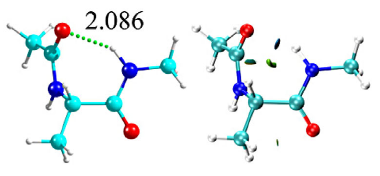
New theoretical calculations of the conformation of very large biomolecules helps in understanding interactions with DNA strands as part of biological functions
Proteins are fundamental macromolecules for life, with a diversity of functions, like acting as channels through cellular walls, catalysers, DNA benders, etc. When it comes to these functions, what matters is the layout of the secondary branches, made up of each protein’s amino acids, such as alanine, glutamine, arginine, phenylalanine and tyrosine. These are stabilised mainly by weak interactions-- such as hydrogen bonds, intramolecular interactions, and inter molecular dispersive forces, -- between the backbone and the lateral chain of their amino acids. In a new study published in EPJ D, Jorge González from the University of the Basque Country, in Leioa, Spain and colleagues have developed a theoretical method to calculate the most stable disposition that biomolecules try to adopt when they are together, or in close contact in cases where the bonding is weak. They also demonstrate that their model is consistent with our understanding of the same systems gained from experiments, such as spectroscopic analysis.
New Editor-in-Chief for EPJD – Prof Tommaso Calarco
- Details
- Published on 25 July 2017
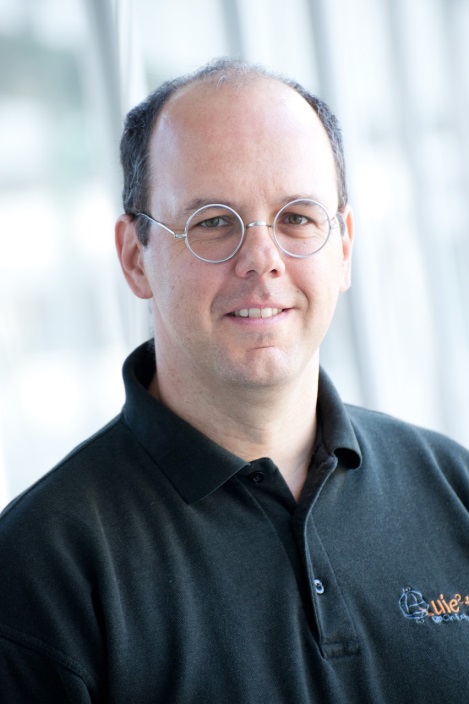
The publishers of European Physical Journal D: Atomic, Molecular, Optical and Plasma Physics are delighted to announce the appointment of a new Editor-in-Chief, Professor Tommaso Calarco of the University of Ulm, Germany.
As Director of the Institute for Complex Quantum Systems and of the Centre for Integrated Quantum Science and Technology at Ulm, Prof Calarco’s research interests cover a broad range of topics in quantum and atom optics, quantum control and quantum information, and he is a member of the High-Level Steering Committee for the Quantum Flagship of the EC.
Prof Calarco has recently joined the Editorial Board for EPJD, and will take on the Editor-in-Chief role from January 2018, succeeding Prof Vladimir Buzek, who comes to the end of his five-year term.
EPJ D Highlight - First aid kit in some living organisms helps fix DNA after lengthy sun exposure
- Details
- Published on 26 June 2017

New study unveils the binding mechanisms of enzymes capable of repairing DNA damaged by UV light before any risk of cellular malfunction sets in
Sunburn in living organisms is caused by ultraviolet (UV) light from the sun damaging the DNA in the cells. Many organisms, however, have an in-built mechanism for repairing the sun damage. This is possible thanks to an enzyme called DNA photolyase, which is so specialised that cryptochrome, a structurally similar molecule, is unable to do the same job. By comparing both types of molecule, physicists can understand precisely how the ability of our enzymes to repair DNA boils down to the most minute structural details. In a study published in EPJ D, Katrine Aalbæk Jepsen from the University of Southern Denmark, in Odense, and her colleague Ilia Solov'yov pinpoint the mechanism by which repair enzymes bind to the damaged site.
EPJ D Highlight - Zig-zagging device focuses high-energy radiation emissions
- Details
- Published on 23 May 2017
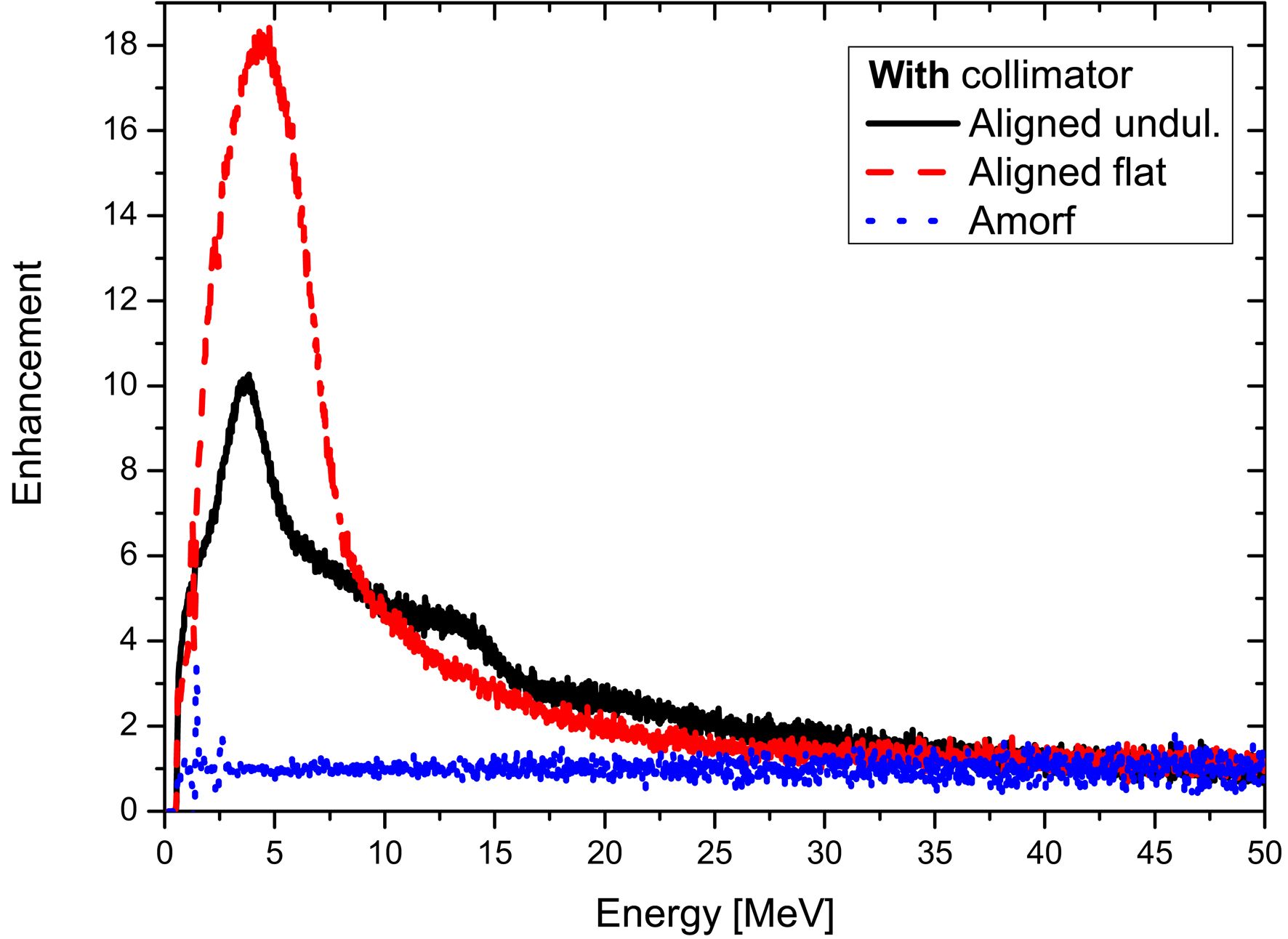
Physicists have found a way to better control high-energy particle emissions in an undulator device that could potentially be used as a source of radiation for cancer treatment or nuclear waste processing
There’s no substitute for using the right tool for the job at hand. Using low-energy radiation sources simply isn’t suitable for certain tasks: equipment used in cancer treatment requires a strong, monochromatic source of radiation to produce hard X-rays. Other similar radiation sources find applications in nuclear waste processing. To design devices that steadily emit a specific type of radiation, physicists use a special kind of crystal, referred to as a crystalline undulator. In a recent study published in EPJ D, a team has demonstrated the ability to control radiation emissions from a particle travelling through such a device. Tobias Wistisen from Aarhus University, Denmark, and colleagues have shown how to manipulate the emitted radiation by selecting a combination of incoming particle charge and energy, oscillation amplitude and period of the undulator’s crystalline lattice.
EPJ D Colloquium: From nuclear to meso systems: how small is simple and how large is complex?
- Details
- Published on 25 April 2017
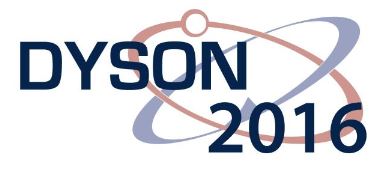
How small is simple and how large is complex? This is the question asked in a new Colloquium article by Jean-Patrick Connerade of Imperial College, published as part of the Topical Issue of EPJ D on Dynamics of Systems at the Nanoscale.





